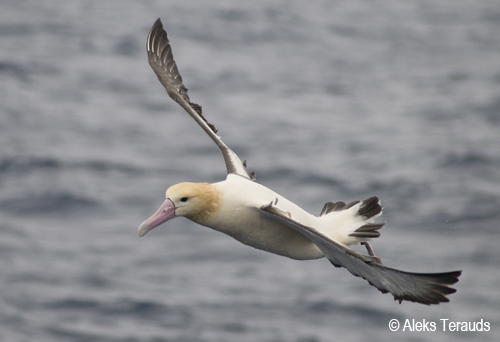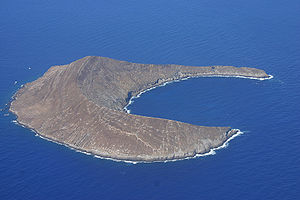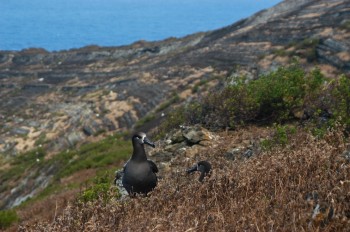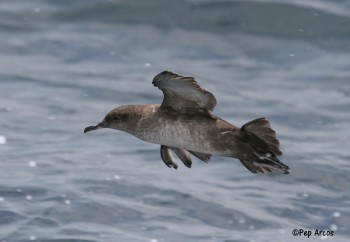André Raine (Kaua‘i Endangered Seabird Recovery Project, Hanapēpē, Kaua‘i, USA) and colleagues have published in the journal Pacific Science on the procellariiform seabirds occurring on a Hawaiian islet.
The paper’s abstract follows:
“Moku‘ae‘ae Rock Islet is located off the north shore of Kaua‘i and is protected as a Hawai‘i State Seabird Sanctuary. In the late 1970s it was also the site of a cross-fostering project for the endangered Newell's Shearwater, Puffinus newelli. Few avifauna surveys have been undertaken on the islet, and none since 2007. In 2013 and 2015, we conducted burrow searches across the entire islet to obtain breeding population estimates for each species and to evaluate whether the Newell's Shearwater had become established as a breeding species after the cross-fostering project. Auditory surveys were also conducted for 2 hr after sunset and 1.5 hr before sunrise, which are the peak calling periods for the Newell's Shearwater on Kaua‘i. A total of seven seabird species was recorded on the islet, of which three, Bulwer’s Petrel, Bulweria bulwerii; Wedge-tailed Shearwater, Ardenna pacifica; and Red-tailed Tropicbird, Phaethon rubricauda, were confirmed breeding. This is the first time Bulwer's Petrel has been confirmed breeding on Moku‘ae‘ae. Searches for Newell's Shearwater did not produce evidence that this species breeds on the islet, suggesting that the cross-fostering project was not successful. Although the islet is small, it represents an important refuge for seabird species. However, high levels of depredation were recorded on Bulwer's Petrel; we conclude that these were all killed by the introduced Barn Owl, Tyto alba, based on disposition of the bodies and the injuries they had sustained. Management recommendations for the islet include creation of a management plan, annual breeding bird surveys, annual rat monitoring, and Barn Owl control.”

Wedge-tailed Shearwaters
Reference:
Raine, A,F., Boone, M. & Banfield, N. 2017. An updated avifauna of Moku‘ae‘ae Rock Islet, Kaua‘i. Pacific Science 71: 67-76.
John Cooper, ACAP Information Officer, 13 March 2017

 English
English  Français
Français  Español
Español 



